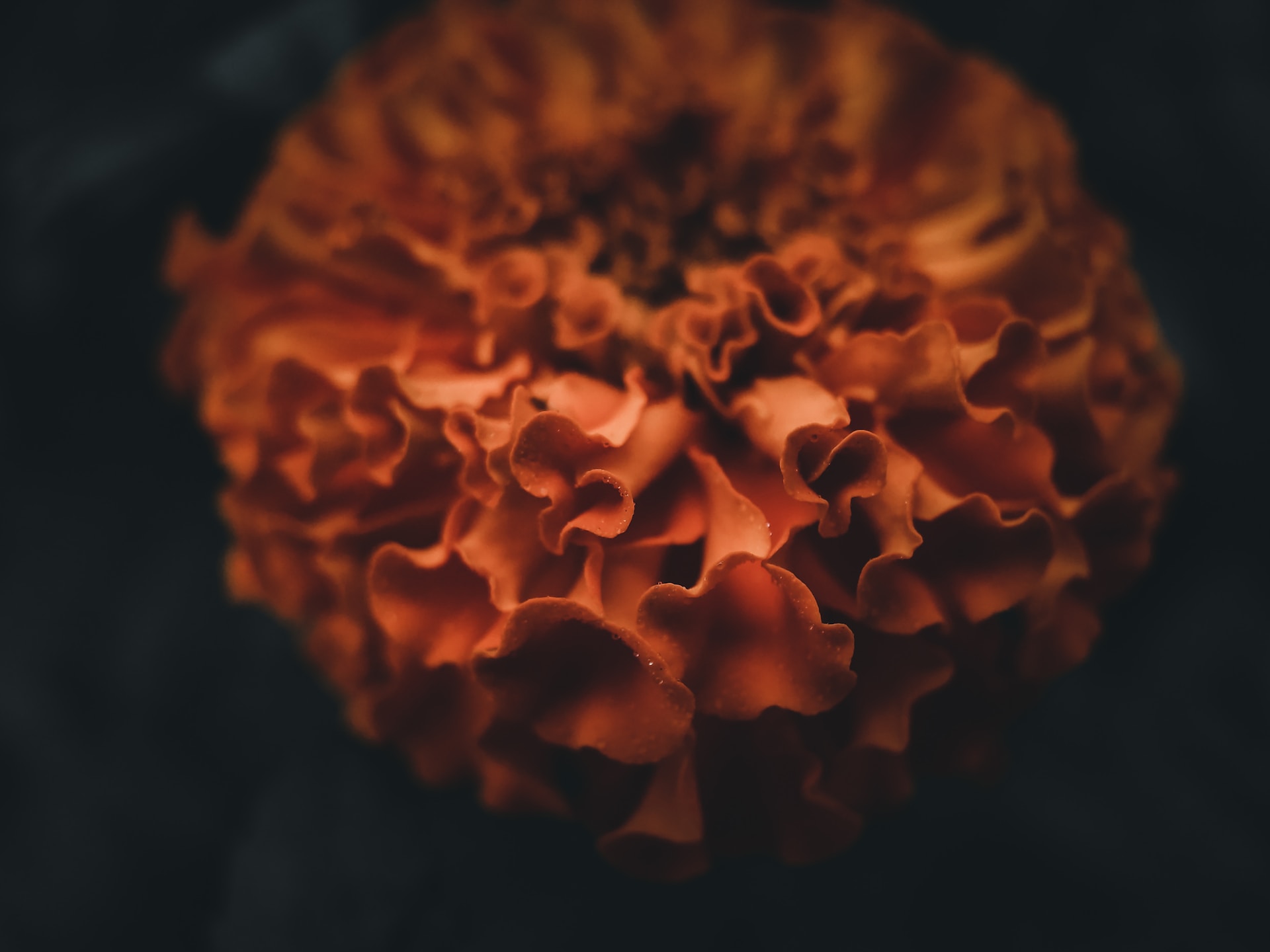
When it comes to beautiful and vibrant flowers, one cannot overlook the charm of marigolds. Marigolds are a popular choice among gardeners and flower enthusiasts all around the world. These vibrant blooms not only add a touch of color to gardens and landscapes but also have a rich cultural and historical significance.
In this article, we will explore 14 interesting facts about marigolds that will not only enhance your knowledge of these delightful flowers but also give you a newfound appreciation for their beauty and versatility. From their diverse species to their traditional uses and cultural symbolism, marigolds have so much to offer. So, let’s dive into the fascinating world of marigolds and uncover some intriguing facts!
Key Takeaways:
- Marigolds are colorful, easy to grow, and have many uses, from repelling pests to being used in traditional medicine and skincare products. They are also believed to bring good luck in some cultures.
- Marigolds have a strong smell that repels pests, and their vibrant colors make them a popular choice for gardens and floral arrangements. They are also edible for certain animals and have cultural and religious significance in many cultures.
Marigolds belong to the Tagetes genus.
Marigolds are flowering plants that belong to the Tagetes genus. They are native to North and South America and are widely cultivated for their vibrant flowers and medicinal properties.
There are different varieties of marigolds.
Marigolds come in various shapes, sizes, and colors. Some popular varieties include French marigolds, African marigolds, and signet marigolds. Each variety has its own unique characteristics and uses.
Marigolds are known for their bright and vibrant colors.
One of the most distinctive features of marigolds is their vibrant colors. They come in shades of yellow, orange, and red, adding a burst of brightness to gardens, flower beds, and floral arrangements.
Marigolds are often used as companion plants.
Marigolds are known for their ability to repel pests and attract beneficial insects. They are often planted alongside vegetables and other plants to deter pests, such as aphids and nematodes.
Marigolds have a strong, pungent odor.
Marigolds produce a distinct smell that is often described as pungent or musky. This odor is thought to help deter certain pests, making them a popular choice for organic gardeners.
Marigolds have been used in traditional medicine.
For centuries, marigolds have been used in traditional medicine for their various health benefits. They are believed to have anti-inflammatory, antiseptic, and healing properties.
Marigolds are often used in culinary dishes.
In some cultures, marigold flowers and leaves are used in culinary dishes, adding flavor and color to salads, soups, and desserts. However, it is important to note that not all marigold varieties are edible.
Marigolds are easy to grow.
Marigolds are popular among gardeners because they are relatively easy to grow. They thrive in well-drained soil, tolerate a range of temperatures, and require minimal maintenance.
Marigolds have been used in religious ceremonies.
In certain cultures, marigolds have symbolic significance and are used in religious ceremonies and rituals. They are often associated with celebration, remembrance, and purification.
Marigolds are believed to bring good luck.
In some folklore and traditions, marigolds are considered symbols of good luck and fortune. They are often used in rituals and decorations during festivals and special occasions.
Marigolds have insect-repellent properties.
Marigolds contain natural compounds, such as thiophenes and limonene, that repel insects. This makes them a popular choice for natural insect repellents and bug sprays.
Marigolds are used in skincare products.
The extract and essential oil derived from marigold flowers are used in skincare products for their soothing and moisturizing properties. They are often found in creams, lotions, and ointments.
Marigold flowers are edible for some animals.
Certain animals, such as rabbits, guinea pigs, and chickens, can safely consume marigold flowers. They are a nutritious and colorful addition to their diet.
Marigolds have cultural significance.
In many cultures, marigolds are associated with festivities, celebrations, and religious ceremonies. They are used as decorations, offerings, and symbols of joy and prosperity.
Conclusion
Marigolds are not only beautiful flowers but also offer a plethora of benefits. From their vibrant colors to their pest-repellent properties, marigolds have long been cherished by gardeners and herbalists alike. Whether you’re looking to add a pop of color to your garden or explore their medicinal uses, marigolds are a fantastic choice. With their rich history and versatility, it’s no wonder that marigolds continue to be a beloved flower around the world.
FAQs
1. What are the different types of marigolds?
There are several types of marigolds, including African marigolds, French marigolds, and signet marigolds. African marigolds are known for their large, showy flowers, while French marigolds offer a more compact and bushy growth habit. Signet marigolds are smaller in size and have fern-like foliage.
2. Can marigolds repel pests?
Yes, marigolds are known for their pest-repellent properties. Their strong scent can deter pests such as aphids, mosquitoes, and nematodes. Planting marigolds in your garden can help protect your other plants from these unwanted visitors.
3. Are marigolds edible?
Yes, certain varieties of marigolds are edible. However, it is important to note that not all marigolds are suitable for consumption. Calendula officinalis, also known as pot marigold, is a popular choice for culinary purposes. Its petals can be used in salads, teas, or as a garnish.
4. Do marigolds have any medicinal properties?
Yes, marigolds have been used in traditional medicine for their various healing properties. They are known for their anti-inflammatory, antiseptic, and wound-healing properties. Marigold extracts and oils are commonly used in skincare products to soothe irritations and promote healthy skin.
5. Are marigolds easy to grow?
Yes, marigolds are relatively easy to grow and maintain. They are known for their tolerance to various soil types and can thrive in both sunny and partially shaded areas. Marigolds are a popular choice for beginner gardeners due to their resilience and low maintenance requirements.
Was this page helpful?
Our commitment to delivering trustworthy and engaging content is at the heart of what we do. Each fact on our site is contributed by real users like you, bringing a wealth of diverse insights and information. To ensure the highest standards of accuracy and reliability, our dedicated editors meticulously review each submission. This process guarantees that the facts we share are not only fascinating but also credible. Trust in our commitment to quality and authenticity as you explore and learn with us.


